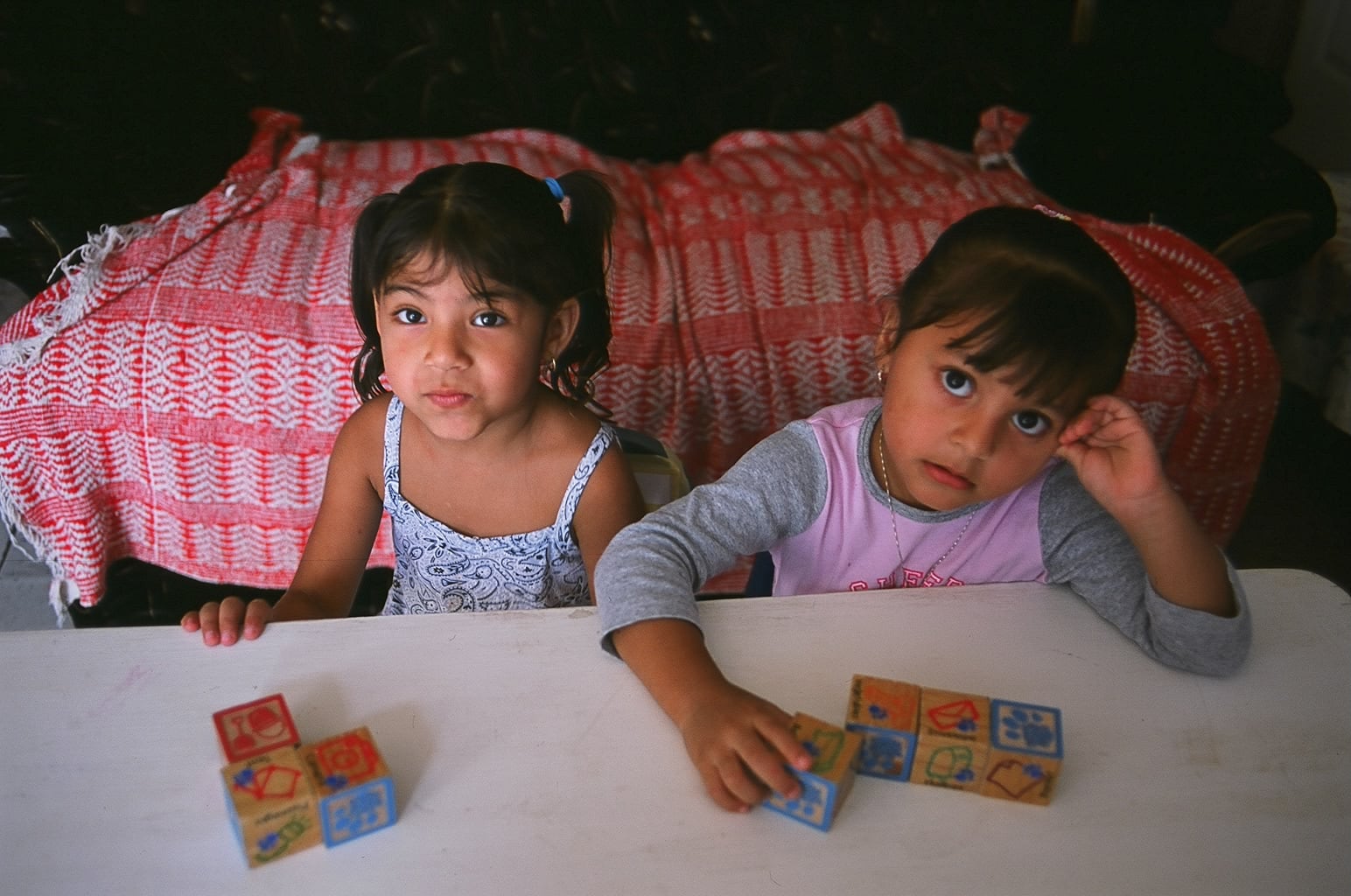For Immediate Release:
Tuesday, September 12, 2017
For More Information Contact:
MaryLee Allen
Director of Policy
202-662-3573 office
mallen@childrensdefense.org
We Must Move Forward, Not Backwards
The odds continue to be stacked against children of color or non-white children, who made up nearly 70 percent of all poor children in 2016. 30.8 percent of Black children, 26.6 percent of Hispanic children, and 11.1 percent of Asian children were poor. In 2020, children of color will be the majority of all children. Poverty is defined as an annual income below $24,563 for an average family of four, or less than $2,047 a month or $ 67.30 a day. Extreme poverty is half of that level.
Today, the Census Bureau also made clear we know steps that can be taken to reduce child poverty. It reported data from the Supplemental Poverty Measure (SPM) which expands on the Official Poverty Measure by analyzing the impact of various government and other programs on family resources. The SPM suggests in 2016 for example, 1.5 million children were pulled out of poverty with the help of the Supplemental Nutrition Assistance Program (SNAP); 1.0 million with the help of housing subsidies; 783,000 with the National School Lunch Program; 133,000 with the WIC Program; 494,000 with the Supplemental Security Income Program; 307,000 with TANF and general assistance and 4.4 million with the Earned Income Tax Credit and other refundable credits.
“While we celebrate the continuing decline in child poverty in 2016, we are at a crucial moment in making the right choices to continue this trend and eliminate child poverty. The fact that 18.0 percent of our children are poor and nearly 70 percent of poor children are children of color is a tragedy our nation—one of the richest in the world—cannot afford. Children’s futures and our nation’s future certainly cannot allow us to move backwards. Yet Congress threatens to do so as it debates proposals, some from the President, which would cause deep cuts in some of these very programs that help lift children and their families out of poverty. It makes no sense to cut what we know is working to help give children a better life. Instead we must act to end child poverty now,” said Marian Wright Edelman, president of the Children’s Defense Fund.


